Brilliant: How the smart home company navigated a tumultuous bankruptcy
It's been a bumpy road, but smart home control panel company Brilliant is back and ready to usher the smart home forward with a freshly updated product line and a new go-to-market strategy. Here's how they survived bankrupcy.
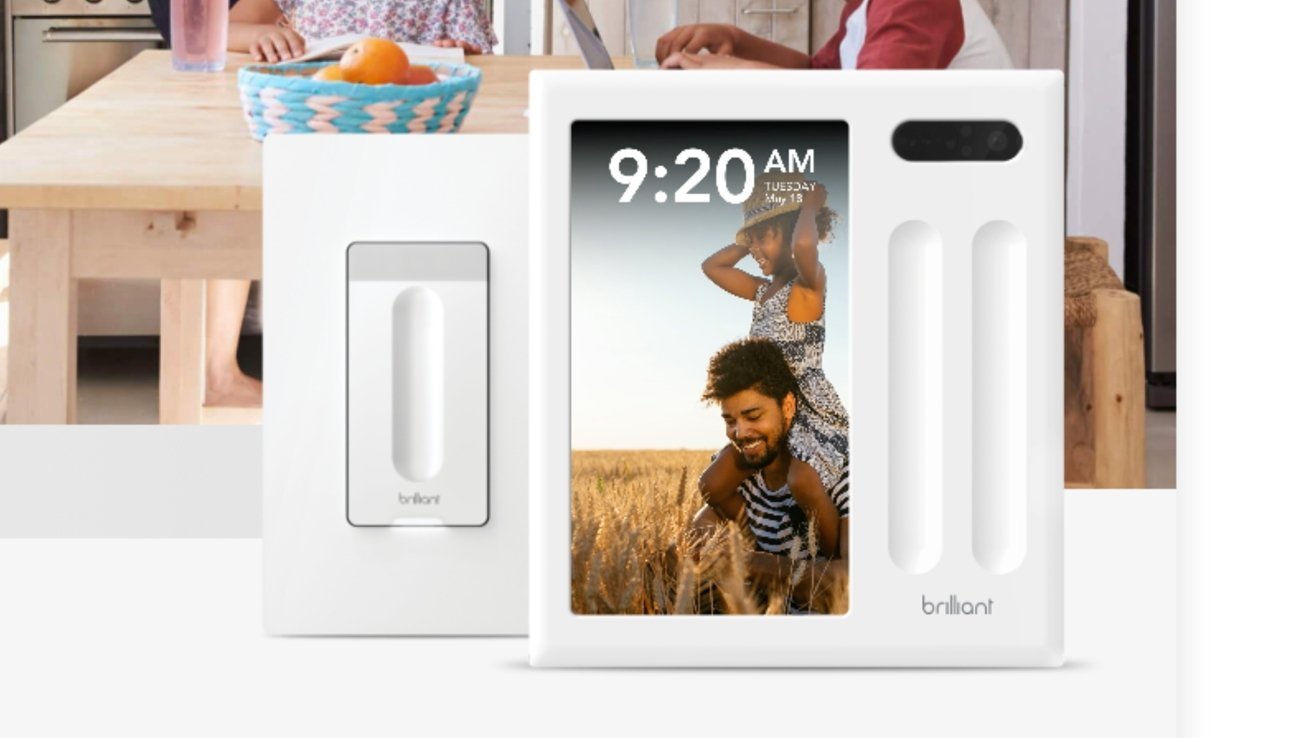
Brilliant's portfolio of Apple Home-compatible products
Brilliant has been on the scene for nearly a decade after being established in 2016. It was led by CEO and co-founder Aaron Emigh.
The design of its hardware is simple. Its panel would replace your in-wall switch with a far more capable alternative. This wall-mounted screen could control all your smart home accessories, show you who was at your door, and could adjust music playback.
The various models all had a 5-inch, 720 by 1280 touchscreen that would replace one, two, three, or four switch receptacles. The larger three sizes had capacitive sliders to control the lights to the right of the touchscreen.
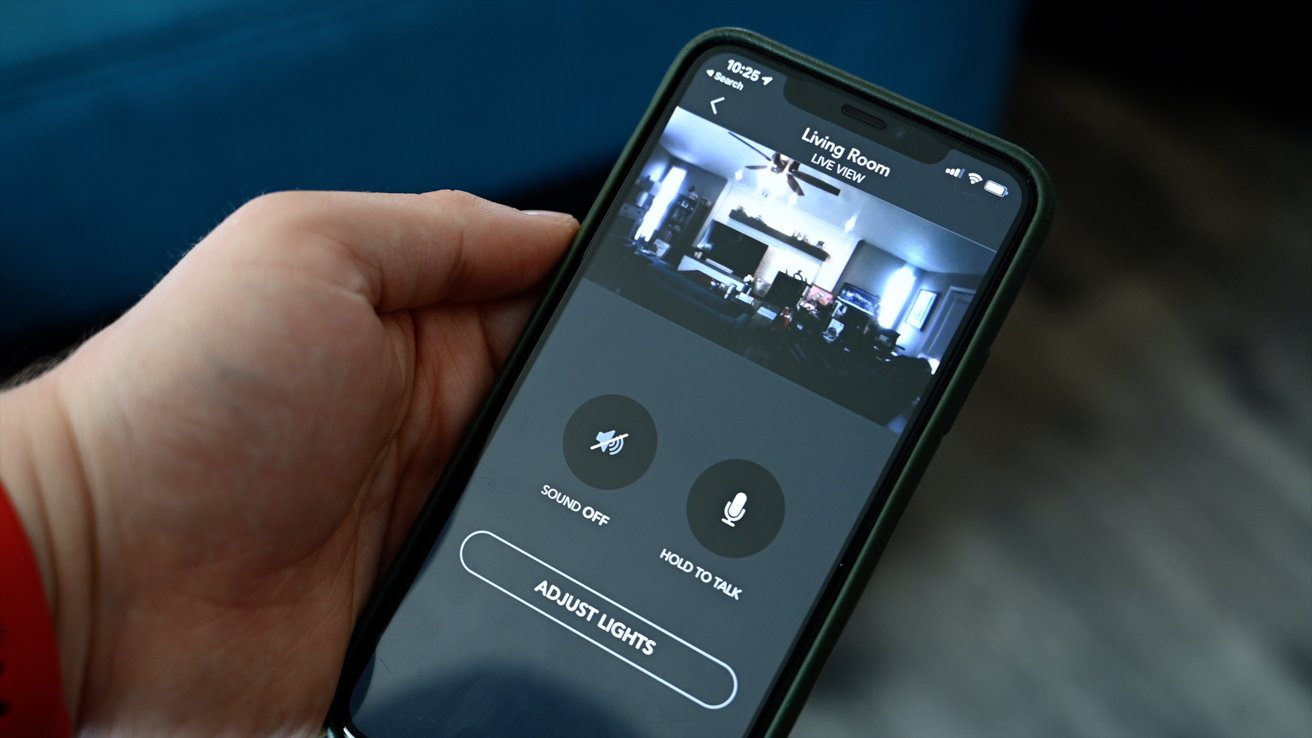
Jumping into the video stream from our Brilliant panel
Each panel had a motion sensor built into the top that could be used for automations and a camera that could be used to view each room. Plus, they could act as an intercom system with other Brilliant panels around the home.
Brilliant partnerships were a strength and a weakness
Out of the gate, Brilliant focused on partnerships. It worked with each manufacturer, as it does today, to integrate with their products.
Most major brands are supported by Brilliant, including Philips Hue, Sonos, Schlage, Ring, Ecobee, Kwikset, tp-link, and more.
The original products were promising, but faced considerable hurdles on the path to profitability and adoption. For readers of AppleInsider perhaps the largest issue was a big delay in adding Apple Home support.
It took years for what was previously known as HomeKit to be certified by Apple. For three years at CES, AppleInsider would touch base with Brilliant only to hear that it was still waiting for that certification to be finished.
The certification did finally happen, allowing Apple users to easily control the Brilliant switches via Siri and the Home app. After the addition, the panels could also be included in automations and scenes with other Apple Home devices.
All was not well behind the scenes at Brilliant, though.
More problems
Recently, AppleInsider spoke with Ryan Okimoto -- or Oki -- who serves as the Senior Director of Customer Engagement at Brilliant on the HomeKit Insider podcast. He provided additional insight into what had been going on behind the scenes.
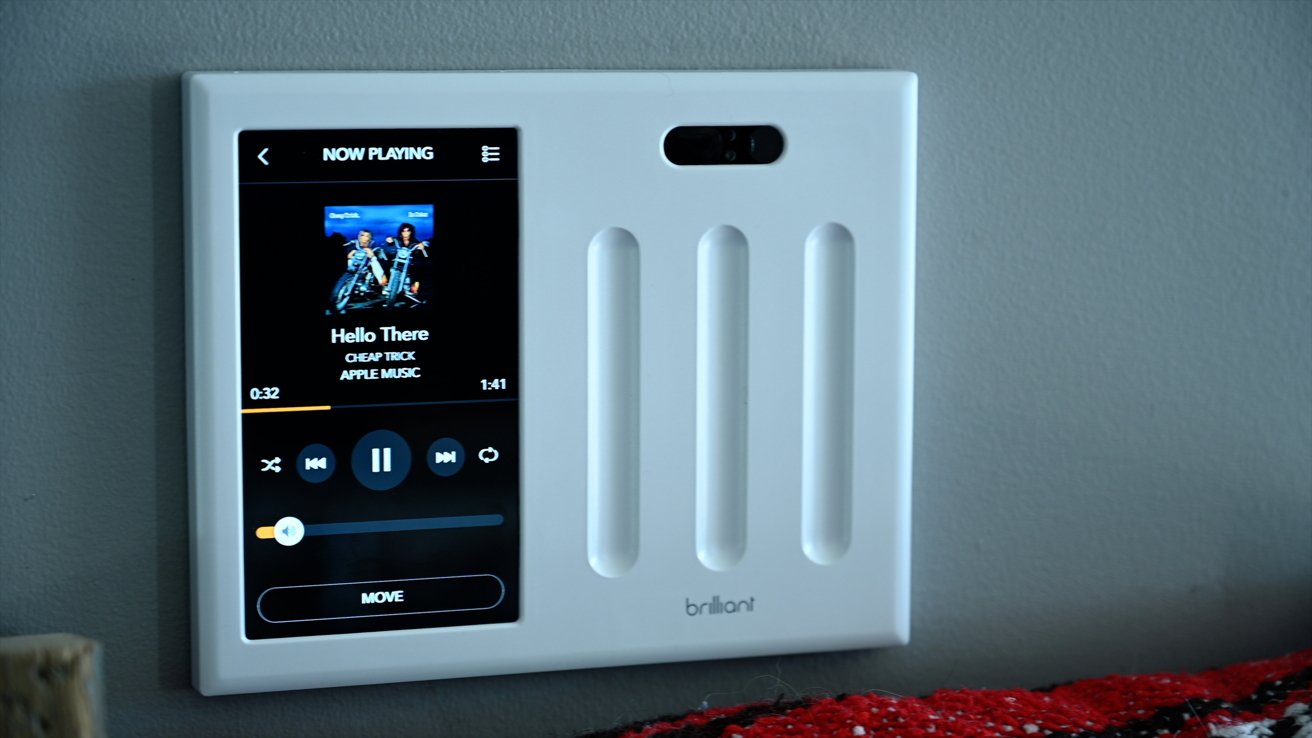
You can control your Sonos system from your Brilliant panel
For example, the in-wall control panels, which have been described as Emigh's "baby," were pricey, and most average consumers weren't keen on doing their own electrical work. They had to be wired into the receptacle, which is much more involved than screwing in a light bulb or plugging in a smart plug.
Oki told us that originally, Brilliant wanted the controls to be everything to everyone. The company was trying to do too much.
Eventually, over-reach and a consumer lack of interest took its toll. Brilliant was poised to go belly up as it announced it had run out of money.
While the site remained online, the products were pulled from sale in May of 2024. Brilliant wasn't able to secure a Series C round of funding, and offers it made to sell itself to a larger company failed.
At the time, Emigh promised that it would keep customers as the priority during the transition. The servers never went offline, and the panels continued to operate as normal.
"Unless regular customers were listening to something like HomeKit Insider, they'd never know anything was going wrong with the company," Oki said.
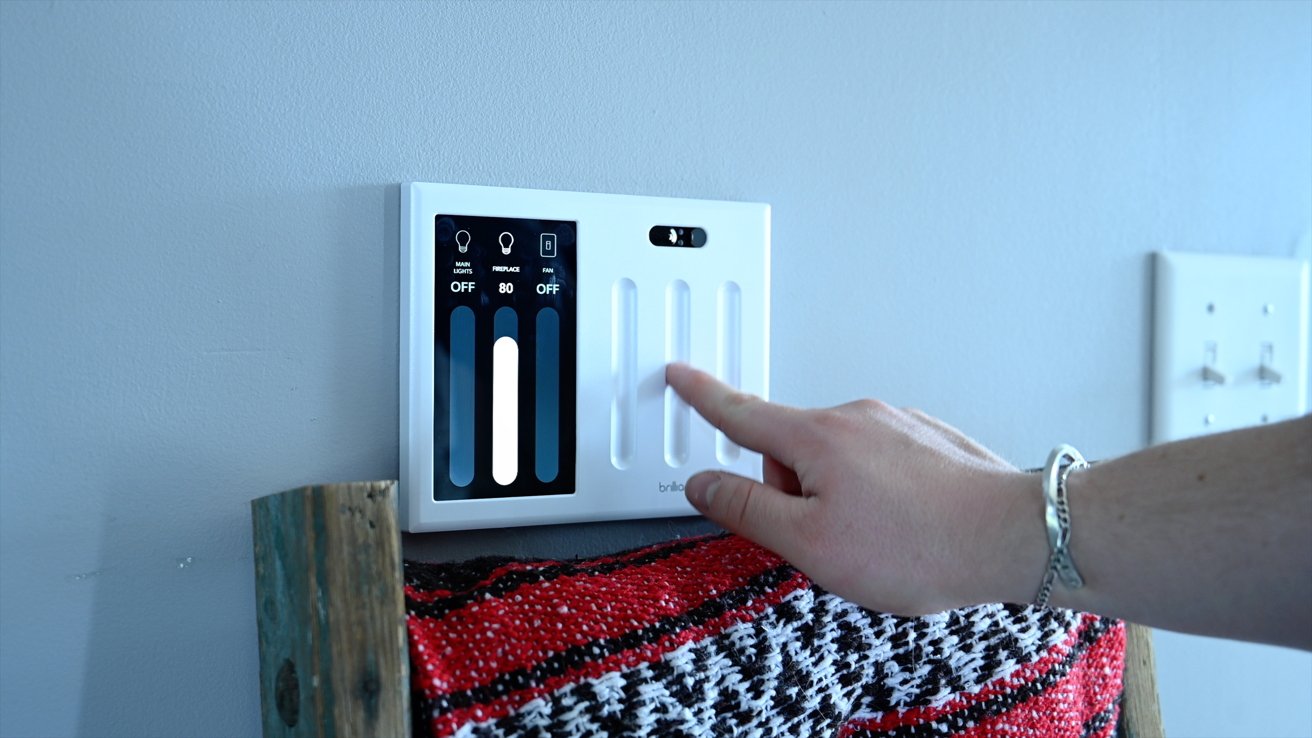
Adjust the lights by sliding your finger up and down on the guides
Finally, in August of 2024, the company had announced it had been purchased by a group of private investors. It was back, promising new products by the end of the year.
Brilliant didn't make its self-imposed end-of-2024 deadline for new products. That has changed in 2025.
New products
In the first half of 2025, Brilliant proudly shared it had readied its new second-generation hardware. The new releases were switch replacements that, very purposefully, looked very similar to the first-generation system.
Brilliant had outfitted the new devices with a massive processor bump, allowing them to be much more fluid and responsive. Because of the faster chipset, they could power higher-resolution displays too.
As Oki told us, the original display panels were capable of higher resolution, but the processor couldn't handle it. The processor bump let it get super-sharp graphics on panels with the same performance that they had been using all along.
The updated panels also have better Wi-Fi with support for both 2.4GHz and 5GHz frequencies. Lack of 5GHz support was problematic for us after our early review.
By keeping the same design as before, it allowed it to easily fit into homes that already had Brilliant panels installed. Now with faster chips, better screens, and more reliable Wi-Fi -- Brilliant is ready for the next chapter.
A new beginning
Aside from launching new hardware, Brilliant is also dedicating more focus to the professional customer this time around. By selling directly to pros and installers, they can sidestep some of the early pain points from buyers.
Brilliant has stopped selling its panels on Amazon, Best Buy, Home Depot, and other retailers. It now sells directly to the end-user through its website, and through professional outlets.
Oki was also able to exclusively share with AppleInsider that it was readying a new version of its wall panel that relies on power-over-ethernet (POE) instead of being hardwired. This will open up even more mounting options than its plug or in-wall solutions -- and it won't require a neutral wire.
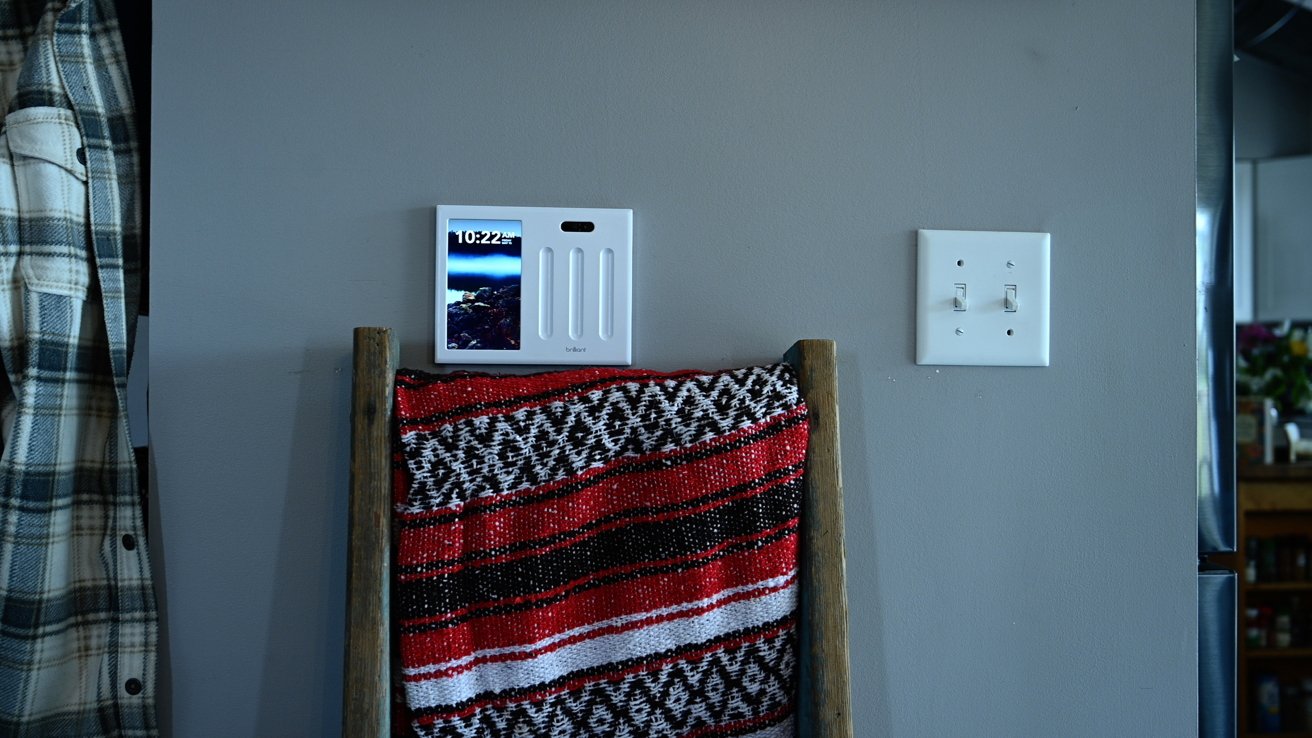
Brilliant's new gen-2 panels are much more capable
The big question for the company going forward now will be Matter. With support for Matter, it would be possible to control any Matter accessory through the wall panels with no additional certification.
At the moment, Brilliant is working on Matter. However, we've been told that it isn't ready to roll it out until adoption increases for fear of more confusion from customers when running into bugs with the still-evolving standard.
Still, once Matter is ready, Brilliant will have the only product like it on the market. It will be a compelling, easy-to-install solution to control the smart home.
After such a bleak period for the company, things could have gone very differently. It was the passion and those that truly believed in the company that turned things around.
The company sounds energized and eager to reintroduce itself and keep innovating on what comes next. As users for years, we're excited too.
Read on AppleInsider


Comments
Now I know all companies were startups at one point. However I'm not willing to shell out any of my hard earned dollars on "smart home" gadgets until there's reasonable evidence that the technology is ready for primetime. The X10 days are past but this technology is still kludgy at best.
At this point, I welcome smart home device manufacturers to offer freebies to beta testers instead of charging up the wazoo for prototype gadgets. Because that's what most of this stuff is right now. It's not the hardware that's the problem, it's really the software. Someday, probably after I'm long gone from this planet, someone will finally figure this out. Plugging a "smart lightbulb" into a socket shouldn't require any fiddly configuration routine. MY MOM NEEDS TO BE ABLE TO DO THIS WITHOUT CALLING ME.
Get that? WITHOUT CALLING ME...
I also agree that these items should resemble appliances more than computers. Currently, most home-automation devices require buyers to perform extensive troubleshooting, even for simple setups. It seems these devices are designed by programmers who enjoy coding, but they overlook the fact that most users aren’t excited about spending hours debugging their living room lights. Setup should be a breeze and should be able to self-repair.